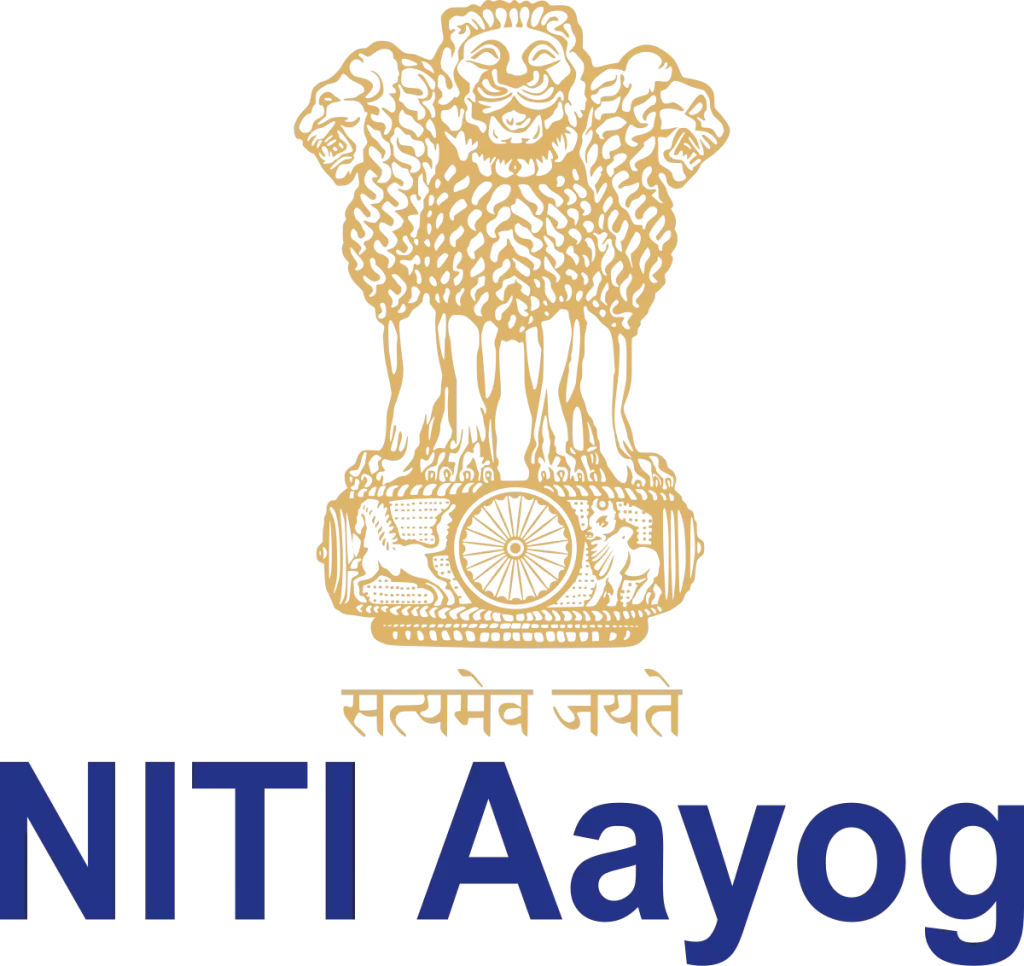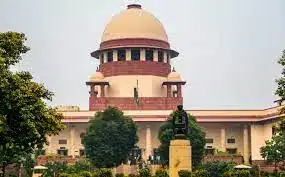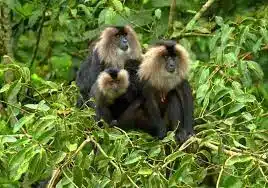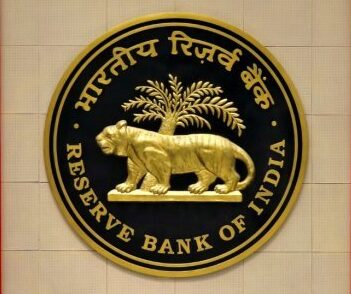Two major sects of Jainism : Svetambara And Digambara
Around 300 B.C. In Magadha there was a severe famine of 12 years, due to which Bhadrabahu went to Karnataka along with his disciples. But some followers stayed in Magadha with Sthulbhadra. On the return of Bhadrabahu, he had deep differences with the sages of Magadha, as a result of which Jainism got divided into two sects named Svetambara and Digambara. Sthulabhadra’s disciples Shvetambara (called those who wear white clothes) and Bhadrabahu’s disciples Digambar (called those who remain naked).
Digambara Sect:
- Monks of the Digambara tradition do not wear clothes as this sect believes in complete nudity.
- Female monks wear unstiched plain white sarees and are called Aryikas.
- Digambaras follow all the five constraints (Ahimsa, Satya, Asteya, Aparigraha and Brahmacharya) as per the teachings of Mahavira, unlike Svetambaras.
- Bhadrabahu was an exponent of Digambara sect and he moved to Karnataka along with his disciples after predicting a long famine.
- The earliest record of Digambara beliefs is contained in the Prakrit Suttapahuda of Kundakunda.
- Digambara Jains believe that women can not be tirthankaras and that Malli was a man.
- Monasticism rules are more rigid under Digambara School.
Svetambara Sect:
- Svetambaras follow the preachings of Parshvanatha, i.e. they believe in only four restraints (except Brahmacharya) to be followed to attain Kevalya.
- Svetambaras believe that the 23rd and 24th tirthankara did marry, unlike as thought by Digambara sect.
- Sthulabhadra was a great exponent of this school and stayed in Magadha unlike Bhadrabahu who went to Karnataka.
- The monks of Svetambara School can have simple white clothing, a begging bowl, a brush to remove insects from their path, books and writing materials with them.
- They believe tirthankaras can be men or women, and say that Malli began her life as a princess.
- Svetambara tradition of Jainism indicates five eternal substances in existence: Soul (Jiva), Matter (Pudgala), Space (Akasha), Motion (Dharma) and Rest (Adharma), unlike Digambaras which added the sixth eternal substance as Time (Kala).
- Siddhachakra a popular yantra or a mystical diagram used for worship in Jainism. It is termed as Navapada in the Svetambara tradition and Navadevta in the Digambara tradition.

Sub-sects under Svetambara And Digambara Schools
Digambara School: It has two major sub sects:
- Mula Sangh: the original community
- Bispanthi, Terapanthi and Taranpanthi: the modern community
Svetambara School: Its three sub-sects include:
- Sthanakavasi: They believe in praying to Saints rather than to an idol in a temple. The saints wear a muhapatti near their mouth to cover it unlike Murtipujakas
- Murtipujaka (Deravasi): They keep idols of the tirthankaras at their temples and worship them and the saints do not wear a muhapatti.
- Terapanthi: They pray to saints rather than to an idol in a temple, like Sthanakavasi. Terapanthi saints also wear a muhapatti near their mouth to cover it.
Similarities And Differences Between Buddhism And Jainism
Differences between Svetambara and Digambara
Jains are divided into two major sects; the Digambara (meaning sky clad) sect and the Svetambara (meaning white clad) sect. The Digambara sect is more austere, and is closer in its ways to the Jains at the time of Mahavira.
Both groups accept the basic Jain philosophy and the five basic vows. The philosophical differences between the groups mostly affect monks and nuns, or the very pious. The two sects agree disagree on:
- Liberation Of Woman
- Dress and Possessions
- Life of Mahavira
- Scripture
- Food
Liberation of Woman:
This is one of the main differences between Svetambara and Digambara.
Digambara believes that women cannot achieve nirvana or liberation directly. They first have to reborn as a man for this. They give two reasons for this:
- Digambara monks are completely naked. This is not possible for women as they have to possess clothes. It is impractical for women in this society to live naked. Due to this they cannot lead the life of a true monk and hence cannot achieve liberation.
- Digambaras also believe that women are intrinsically harmful. It is due to the belief that menstrual blood kills micro-organisms living in the female body. Though there is no scientific evidence and this view is not found in modern Jain thinking.
Svetambara, on the other hand, have a different opinion. According to them, women are equally capable of achieving liberation as a man. They believe in Sabastra Mukti. They believe that anybody can achieve salvation, be it a householder or a monk.
Dress and Possessions
Digambara monks live completely naked. This is because Digambaras believe that one can only lead the life of a true monk:
- by having no worldly possessions
- by demonstrating indifference to earthly emotions such as shame
Svetambara, on the contrary, believes that practice of nudity is not essential to attain liberation. Therefore they wear white clothes.
Nuns of both groups are clothed.
Possessions
Digambara monks are not allowed any possessions, not even begging bowls and so can only receive gifts in their cupped hands. They believe that it is necessary to renounce everything to lead the life of a true monk. However, they usually carry three things with them:
- Picchi – broom made up of fallen feathers of a peacock. They use this broom to remove small insects without harming them.
- Kamandalu – oblong water potused for carrying pure and sterilized drinking water.
- Shastra – scriptures.
Svetambara monks are allowed to possess 14 specified things, which include:
- White clothes
- Rajoharaṇa – broom made up of soft white wool attached to a wooden handle. Using this they remove small insects from their path without harming them.
- Begging bowl
- Books etc.
Life of Mahavira :
Birth of Mahavira:
- Svetambara Jains believe that Mahavira’s embryo was first formed in Brahmin lady, Devanand. But the change of embryo happens because of God Indra’s army commander, Hari-Naigamesin (also known as Kartikeya) on the 83rd day after conception. The embryo is transferred to a Kshatriya lady, Trisala, who is the wife of King Siddhartha. Digambara Jains do not accept this story.
- Also, Svetambara Jains believe that Mahavira’s mother has 14 auspicious dreams before his birth. However, Digambara Jains believe that she has 16 dreams instead of 14.
The marriage of Mahavira:
- Svetambaras believe that before renouncing the worldly life, Mahavira is married to princess Yasoda. Also, he has a daughter named Priyadarsana (also known as Anojja) through her.
- Digambaras do not believe in this. According to them, Mahavira’s parents wanted him to marry Yasoda, but he refused this proposal. Thus, they believe that Mahavira is Bal Brahmachari i.e. he never married and remain celibate during his lifetime.
Idols of Tirthankars
- Svetambara idols of Tirthankars are decorated with jewels, wearing loincloth with prominent staring eyes. However, Digambara idols are naked, undecorated with downcast eyes.
Scriptures:
- In Jainism, the discourse delivered by Tirthankaras is known as Śhrut Jnāna. It comprises of 11 Angas and 14 Purvas.
- Digambara holds the opinion that original texts of Jainism were lost ago.
- Svetambara believes that they have the original Jain scriptures. However, they also accept that their collection is also incomplete.
- Tattvartha Sutra is the probably the most authoritative text in Jainism, accepted by both Svetambara and Digambara.
Food:
For Ascetics (Monks):
- Svetambara monks collect their food in a bowl. They can seek and collect food freely given to them, from more than one household. Also, they can eat more than once in a day.
- Digambara monks are strict in the sense that they eat food only once in a day. They cannot use a bowl to collect food. So they collect it using their hands and then eat it from their hands only. They only collect food from one household, only where their Sankalpa (preconceived idea) is fulfilled.
For Kevali (Omniscient):
- Digambara believes that once a monk attains omniscience (Kevala Jnana), then he does not need to food to survive.
- Svetambara Jains have a different opinion on this. They consider that until Kevali (or omniscient), male or female has not abandoned the body, they need food for the nourishment of the body.
Difference Between Anekantavada And Syadvada
Other differences between Svetambara and Digambara:
- Svetambara recognizes Sabastra Guru but Digambara do not.
- Svetambara believes that in Kaivalya condition, Mahavira is suffering from illness. However, Digambara holds the view that he is not suffering from any kind of illness.
- Digambara Jains believe that one should recite only the first five lines of the Namokar Mantra. However, Svetambara Jains hold that one should recite all the nine lines.
- 19th Tirthankara Mallinatha: Digambara Jains believe that Mallinatha was a male. On the contrary Svetambara Jains believe that Mallinatha was a female by the name Malli.
- Time Of Birth And Death Of Mahavira:
- Birth of Mahavira according to:
- Digambara Jains – 582 BC
- Svetambara Jains – 599 BC
- Death of Mahavira according to:
- Digambara Jains – 510 BC
- Svetambara Jains – 527 BC
- Birth of Mahavira according to:
Also refer :








